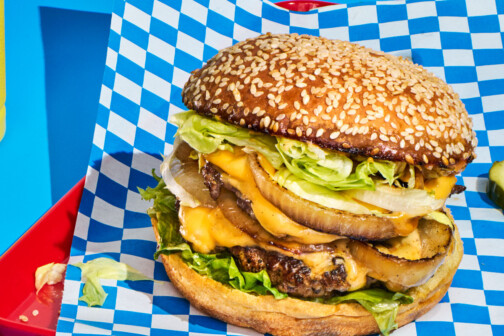
Here we are, finding ourselves not living within our means. According to the Congressional Budget Office, national debt will top $17 trillion dollars in 2013. The federal budget deficit has increased almost threefold since 2008 and over eightfold since 2007.
Although the recession reduced tax receipts about 17 percent from 2008-2009, we are almost back to the pre-recession level for 2012. Projected tax receipts for 2013 will be 18 percent above those for 2012. Federal outlays from 2003-2013 have increased 76 percent and will continue increasing for the foreseeable future.
Now I don’t feel so bad about sequestration. See chart below:
What a rosy picture we paint when we predict the future. The rate of increase for the deficit will slow down. That is, if you consider a deficit of almost $20 trillion by 2018 rosy. These data, the Fed’s continuing purchases of mortgage-backed securities, and government debt to the tune of $85 billion per month—plus our unfunded obligations to future retirees in the $200 trillion range—can make a gal or guy feel nervous.
If you are anxious about the stability of our financial system, afraid the equities market is overvalued, nervous about fixed-income investments due to future interest rate increases, and are tired of getting next to nothing in CDs, why not consider diversification into alternative assets?
• Gold. The Good: It’s the original currency and seems to hold its purchasing power. The Bad: You can’t carve off a piece from your gold bar like a stick of butter and take it to 7-Eleven when you need to go buy a gallon of milk. Also, gold doesn’t produce rent.
• Alcohol and Tobacco. The Good: High demand. In times of crisis, many turn to the bottle. I also bet you’ve seen cigarettes used as currency in the movies. The Bad: Bottles are fragile and tobacco goes stale and, again, doesn’t produce rent. They are single-use products.
• Firearms. The Good: For personal protection from the feared insurrection, or for taking the other guy’s gallon of milk. The Bad: Politically incorrect.
• Commercial Real Estate. The Good: God only made so much. It is durable. You can touch it, see it, collect its rent, improve it, and watch its value increase almost always faster than the rate of inflation. You can depreciate it and write off that expense against investment income. You can defer the gain on sale via a IRS Section 1031 exchange. The Bad: Not much, although it can lose some value after a bubble bursts. It has to be acquired at the right time in the cycle.
Core property sales and distressed property sales have been brisk for some time now. Since Jan. 1, it seems as though someone has turned on the light switch for the non-core stabilized assets—those that have been neglected by the private investment community for the past three or more years. There’s no bubble here and we are at the best time in the cycle to be buying these properties.
So there you have it. Non-core commercial real estate is the winner of the alternative asset classes. The private investors from California are calling again.






